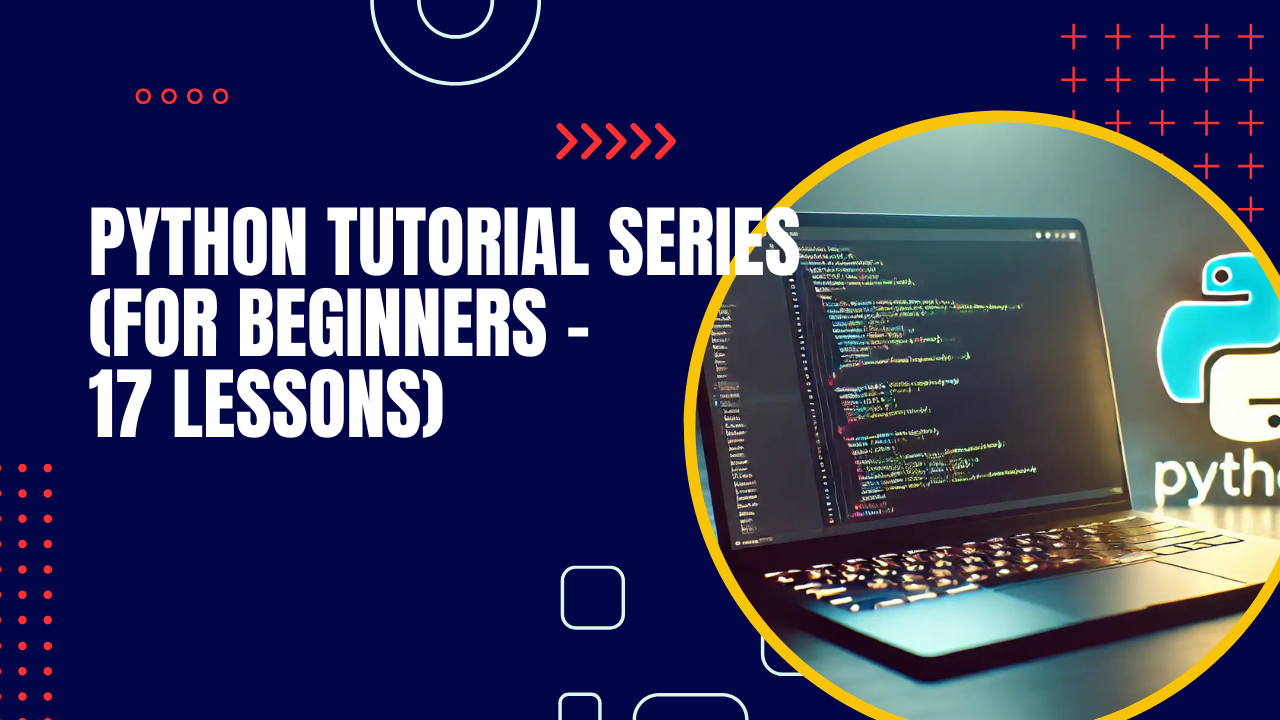So far, we’ve worked with variables, functions, and data structures. But as projects grow, managing code becomes harder. That’s where Object-Oriented Programming (OOP) comes in.
OOP lets us organize code into classes and objects, making it more reusable, readable, and easier to maintain.
✅ What is OOP?
- Class → A blueprint (like a template) for creating objects.
- Object → An instance of a class (like an actual product built from the blueprint).
- Method → Functions defined inside a class.
- Attributes → Variables that belong to an object.
Think of a class as a blueprint for a car, and each car built from it is an object. 🚗
🔹 Creating a Class & Object
Output:
🔹 The __init__ Method
The __init__ method is a constructor. It runs automatically when an object is created.
Here, we used it to set brand and model.
🔹 Class Attributes vs Instance Attributes
- Instance Attributes → Unique to each object.
- Class Attributes → Shared across all objects.
🔹 Inheritance (Reusing Classes)
OOP allows us to create new classes from existing ones.
Output:
🔹 Encapsulation (Hiding Details)
Encapsulation restricts direct access to some data. In Python, we use _ (protected) and __ (private) to signal restricted access.
🔹 Polymorphism (One Interface, Many Forms)
Polymorphism allows different classes to share the same method name but behave differently.
Output:
📝 Quick Recap
- Class & Object → Blueprint and instance.
- Attributes → Data stored in objects.
- Methods → Functions inside a class.
- Inheritance → Reusing code from parent classes.
- Encapsulation → Protecting data.
- Polymorphism → Same method name, different behavior.
🎯 Practice Exercises
- Create a
Student class with attributes name and age. Add a method greet() that prints:
"Hello, my name is <name> and I am <age> years old." - Create a
Shape class with a method area().- Inherit
Rectangle and Circle classes. - Override
area() to calculate correctly for each shape.
- Create a
BankAccount class with:- Methods for deposit, withdraw, and checking balance.
- Prevent withdrawing more than the balance.
Up Next Lesson 16: Advanced OOP Concepts (Inheritance, Encapsulation & Polymorphism in Depth)
💼 Need a Developer?
I'm Kingsley Odume, a Django, Flask, and FastAPI developer with experience building SaaS platforms, APIs, and modern web apps. If you're a recruiter or business owner looking for a reliable software developer, let's connect!
🚀 Hire Me



